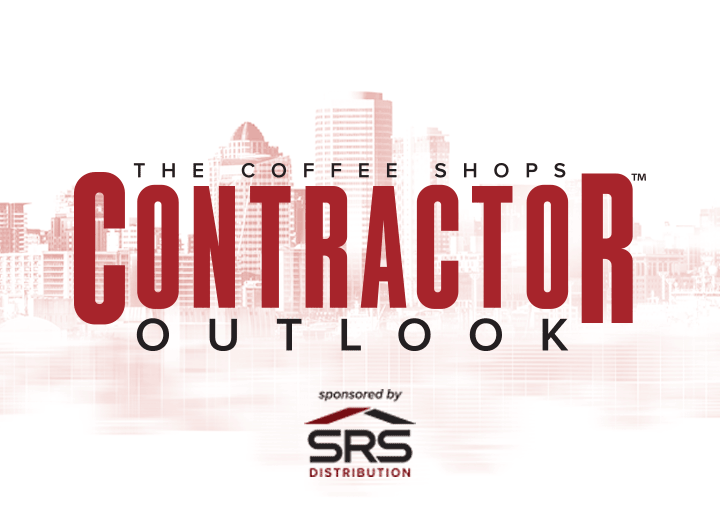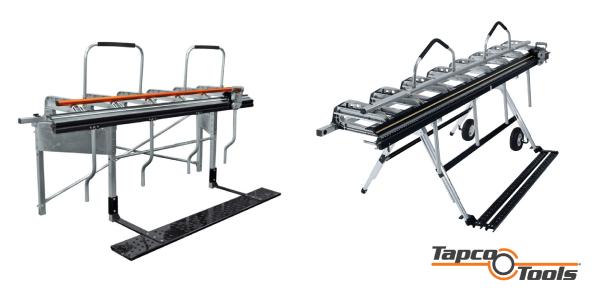Roof smarts: What to know before you build up
September 16, 2025 at 3:00 p.m.By Jesse Sanchez.
Picking the wrong roof system can cost you. Here’s what the pros want you to consider first.
When it comes to commercial roofing, choosing the wrong system can mean lost dollars, unsafe conditions and premature failure. Benchmark Inc., a national roof and pavement consulting firm, offers an all-inclusive guide that cuts through the noise with a straight-talking breakdown of how to match roofing systems to real-world conditions, without getting burned by poor planning. From the start, the Roof System Selection Guide expresses that no one-size-fits-all solution exists. Instead, designers are urged to evaluate each project based on its own criteria, from climate and foot traffic to chemical exposure and roof access. The guide notes, “Understanding the criteria and factors that will cause the roof system to deteriorate will allow the roof designer to weigh pros and cons of various roof membranes and systems.”
What follows is an analysis of 16 key attributes that affect roof performance, service life and cost-efficiency. Each factor is unpacked with technical clarity and field-tested wisdom. For instance, ponding water is called out as a silent killer for roof longevity. Standing water intensifies UV damage, freezes and thaws in colder seasons and can pool hazardous chemicals. Benchmark warns: “Many manufacturer warranties specifically exclude damages caused by long-term ponding water (>48-hours).”
Chemical exposure is another dealbreaker for many systems, especially in industrial or food-service environments. The guide explains how materials like PVC, KEE and metal offer better resilience against oils and greases but urges system designers to consult with manufacturers early in the process. Labor constraints also come into play. Single-ply membranes, once the industry upstarts, now dominate due to ease of installation, factory consistency and a larger available workforce. But systems like modified bitumen or built-up roofs still have a place, particularly when puncture resistance is critical.
But the document doesn’t just list features; it reveals trade-offs. For example, the most puncture-resistant systems may be the hardest to install or repair. Highly reflective membranes might invite condensation if vapor drive isn’t properly addressed. These are the kinds of engineering tensions that separate a successful 25-year roof from one that fails in half that time.
Ultimately, Benchmark stresses that roof system selection isn’t just a design decision, it’s a risk management strategy. For professionals navigating insurance constraints, regional code demands or complex facility needs, the full guide offers a roadmap for smarter choices. Benchmark’s consultants highlight tailoring for each solution. As the guide concludes, “Every project needs to be carefully examined to determine which roof system will perform best for your situation.”
Learn more about Benchmark in their Coffee Shop Directory or visit www.benchmark-inc.com.

About Jesse
Jesse is a writer for The Coffee Shops. When he is not writing and learning about the roofing industry, he can be found powerlifting, playing saxophone or reading a good book.























Comments
Leave a Reply
Have an account? Login to leave a comment!
Sign In